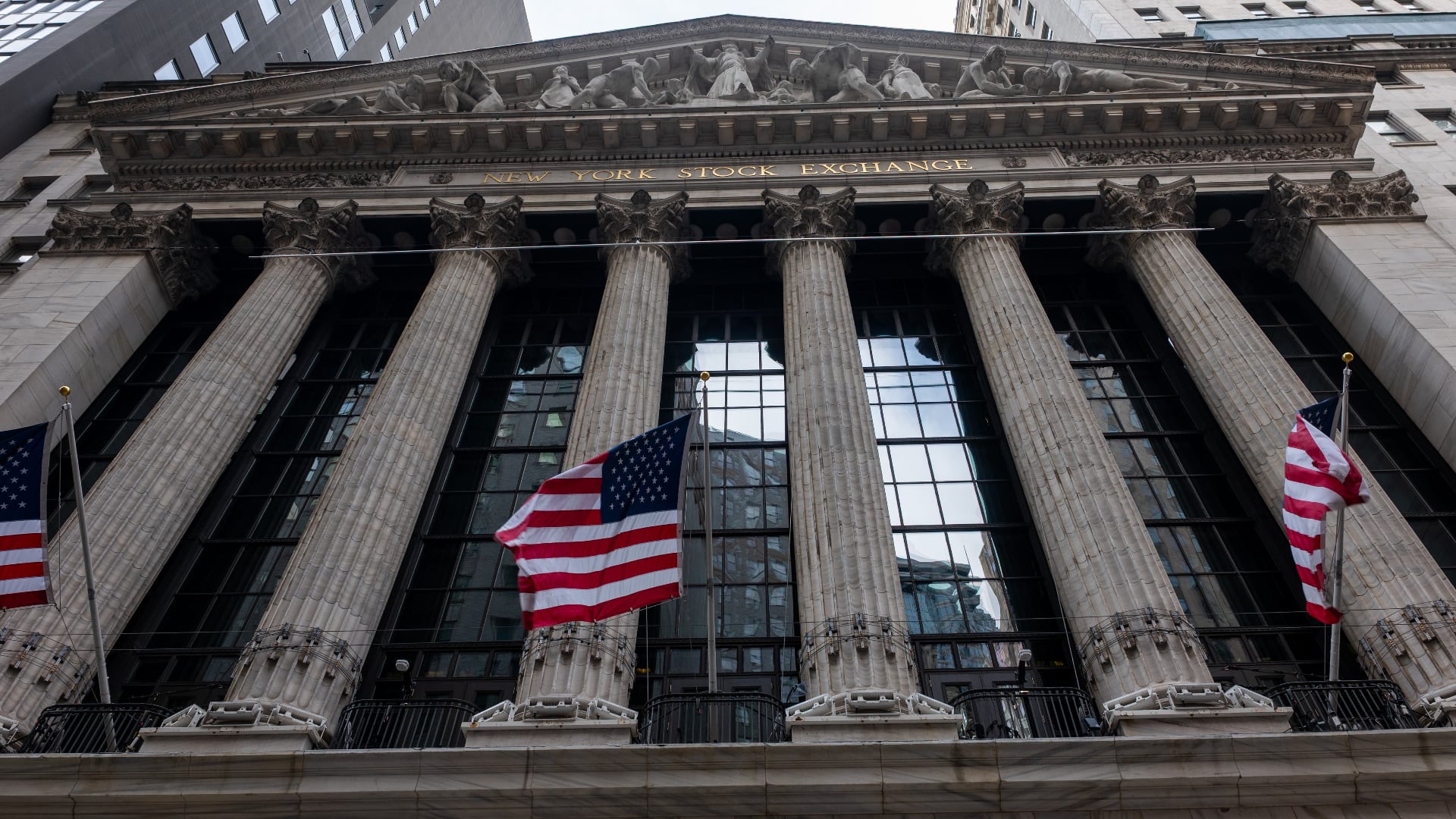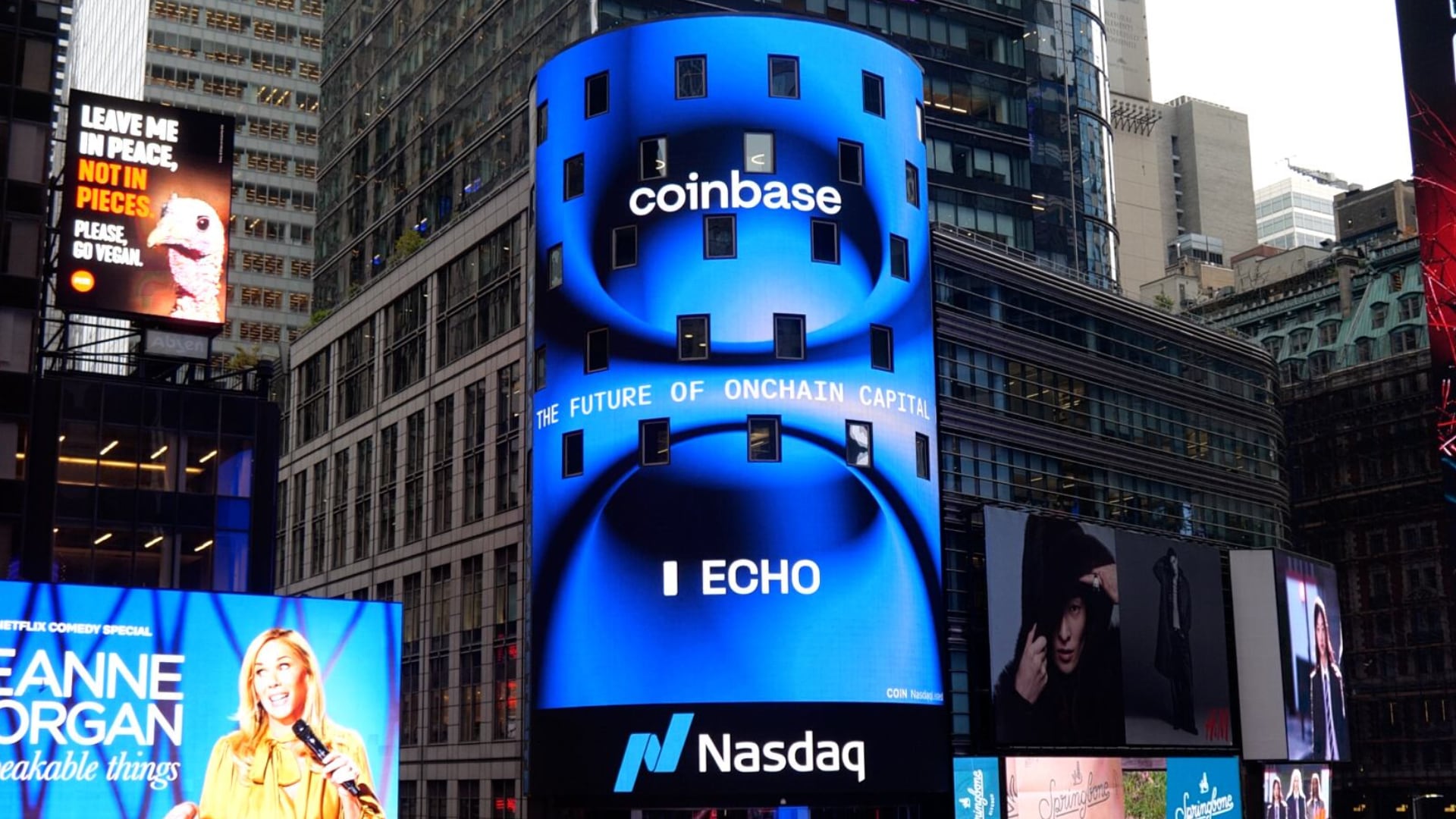*By Nora Ali* 2018 has been transformative for retail: Sears filed for Chapter 11 bankruptcy, Toys “R” Us shuttered its doors, and Amazon entered the U.S. into an extravagant pageant to find a base for its second HQ. As the landscape of shopping changes yet again, 2019 promises another existential moment in retail. We’re forecasting the biggest trends and predicting which fads will get the boot from consumers. **Instagram Shopping** Influencers’ push into [sponcon](https://cheddar.com/videos/rising-influencers-are-faking-it-in-order-to-make-it-on-instagram) ー a.k.a., wannabe influencers posting fake sponsored content to gain street cred ー proves just how lucrative Instagram real estate can be for brands. While Facebook’s ($FB) year was largely defined by data privacy issues, advertisers continued to pump money into its less-scrutinized subsidiary, Instagram. 2019 may be the year when users not only discover products they like on the ‘gram, but actually transact on the platform. Instagram this year rolled out [shopping via stories](https://cheddar.com/videos/instagram-pushes-further-into-e-commerce) and through the explore page, the ability to save shoppable products in lists, and even quietly added a [native payments feature](https://techcrunch.com/2018/05/03/instagram-payments/) for some users (just register a credit card in your profile and check out without leaving the app). As if Instagram couldn’t get more addictive, 2019 may encourage more scrolling and more spending. **Image Recognition** Could 2019 be the year when we shop by taking photos of things we like out in the real world? Snap ($SNAP) and Amazon ($AMZN) recently [unveiled a feature](https://www.fool.com/investing/2018/09/27/is-amazoncom-giving-snap-a-much-needed-lifeline.aspx) that allows shoppers to use the Snapchat camera to snap a photo of a product, receive a recommendation from Amazon, and make a purchase on the retailer’s app or website. It’s a win-win for both parties, providing more utility from the Snapchat camera (and potentially adding affiliate dollars to Snap’s pockets), and driving even more traffic to Amazon. Amazon pushed its own photo capabilities on [Cyber Monday](https://cheddar.com/videos/amazon-s-biggest-shopping-day-ever-but-at-what-cost) this year, touting the function of snap-and-purchase. The retail giant even incentivized users to try the new tech for $5 off their purchase. Even Google ($GOOGL) made a push to retail with its new version of [Google Lens](https://www.theverge.com/2018/5/8/17320672/google-lens-update-new-camera-features-pixel-2-google-io-2018), which it released this year. The company now adds shopping links when the camera app recognizes the brand or style of a product. While this type of shopping may not achieve mass adoption in 2019, we may see more retailers, social media platforms, and tech companies angling to make image recognition shopping a thing. **Death of the Box Model** Okay, the box model won’t be dead in 2019, but there will be a cutthroat battle for wallet share in what has become a crowded retail segment. Stitch Fix ($SFIX) paved the way for retail boxes and for female leaders, as CEO Katrina Lake became the [only woman to take a tech company public in 2017](https://cheddar.com/videos/how-stitch-fix-navigated-a-male-dominated-vc-landscape). Stitch Fix has since failed to keep up its user growth, and investors are wary, as evidenced by its [stock plunge](https://cheddar.com/videos/stitch-fix-shares-plunge-after-earnings) after the company’s December 2018 earnings report. The box model might have peaked in 2018, and the time has come for these companies to rethink the [viability of their business models](https://cheddar.com/videos/subscription-box-model-loses-its-glow-after-blue-aprons-epic-ipo-fail). Expect subscription box companies to experiment with new venues to grow their customer base, like Birchbox which has sealed a [partnership with Walgreens](https://cheddar.com/videos/birchbox-expands-into-retail-to-broaden-customer-base) ($WBA) to sell its products in drug stores and [Blue Apron](https://cheddar.com/videos/sams-clubs-new-store-and-blue-aprons-new-partnership) ($APRN) which has partnered with the newly rebranded Jet.com to sell meal kits on the Walmart-owned retailer’s website. **Brick-and-mortar** Physical retail is making a [fierce comeback](https://www.cheddar.com/videos/not-dead-yet-malls-show-signs-of-life-amid-strong-holiday-spending). Joining the ranks of other direct-to-consumer companies like Allbirds, Glossier, and Casper, Brandless pushed the “experience” angle this year by opening up a [pop-up store](https://cheddar.com/videos/future-of-retail-bringing-humanity-back-with-brandless) in New York City’s Meatpacking District. It had all of the features that D2C companies promise in order to lure potential customers: Instagrammable scenery, free goodies, and beautiful physical displays of the merchandise. Even traditional mall operators like [Macerich](https://cheddar.com/videos/macerichs-chief-digital-officer-breaks-down-the-companys-new-retail-concept-brandbox) ($MAC), are jumping on the pop-up bandwagon by offering their existing physical retail space to digitally-native brands. Look out for more experience-oriented brick-and-mortar shops in 2019 as online retailers try to build customer awareness and boost loyalty through physical spaces. But if you plan to walk away with shopping bags full of stuff, buyers beware: you may not be able to leave with anything in the store, except maybe a [shave and a cocktail](https://www.usatoday.com/story/money/2018/04/09/nordstroms-first-nyc-store-offers-cocktails-round-clock-pick-up-and-even-shave/500156002/). **Checkout-less Retail** Imagine a world without the pain and anxiety of [checkout lines](https://cheddar.com/videos/say-goodbye-to-the-checkout-line). Amazon ($AMZN) is trying to make this dream a reality, and is reportedly aiming to launch 3,000 [Amazon Go stores](https://cheddar.com/videos/amazon-s-ulterior-motives-for-its-3-000-cashierless-stores) by 2021. Even Amazon’s rival Walmart ($WMT) is testing cashierless tech with the launch of its new innovation-focused ["Sam's Club Now"](https://cheddar.com/videos/new-sams-club-now-store-in-dallas-will-be-the-future-of-retail) in Dallas, Tex. And customers can avoid lines at [Nike's House of Innovation](https://www.forbes.com/sites/abinlot/2018/12/21/best-retail-experience-of-2018-nike-house-of-innovation-000/#4aa1eca16597) in New York City by using the instant checkout feature in the app. Why is checkout-less tech important for retailers in 2019? First, it offers a crucial perk customers value: convenience. But perhaps more importantly, it gives retailers data about their customers’ real-life shopping habits, allowing them to make precise and relevant product recommendations. You should also expect checkout-less retail to dominate online experiences. As digital payment methods and wallets like Apple Pay ($AAPL), PayPal ($PYPL), and Venmo, continue to spread and offer [extra security](https://cheddar.com/videos/whats-safer-credit-cards-or-mobile-payments), you may never have to type in your credit card number again.












